- When building in-house design teams - Find support in the organisation.
- Work in agile teams - Designers and developers work together and find a shared understanding.
- Culture is key - Develop a culture where failure is accepted.
- It is important to set the constraints right.
- The most common definition of disruptive innovation is: “A disruptive innovation is an innovation that creates a new market and value network and eventually disrupts an existing market and value network, displacing established market leaders and alliances.” Harvard Business School professor Clayton M. Christensen, 1995.
- In an academic sense, disruption and radical innovation is the same.
- The difference between incremental innovation and disruption is more tricky. Normally it is described as either the one or the other. Onarheim likes to see it as when making innovation you operate on a scale where one endpoint is incremental innovation and the other disruption.
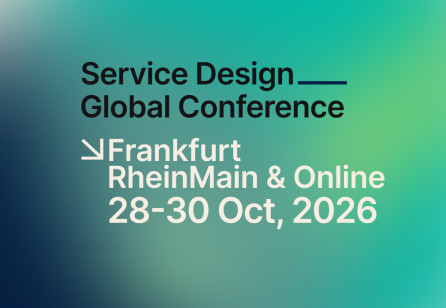
Connect, Collaborate, and Create Change – SDGC26 Awaits!
Join us at the Service Design Global Conference 2026 in Germany and online, 28–30 October. SDGC26 Registration is Now Open with limited Super Early Bird tickets!


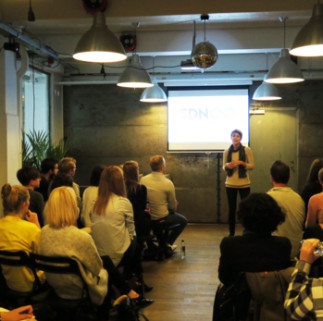
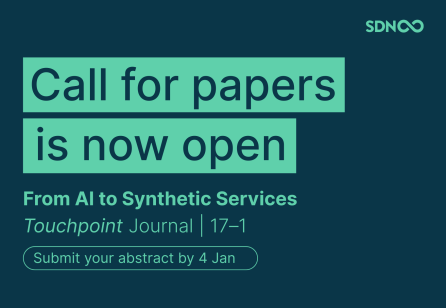
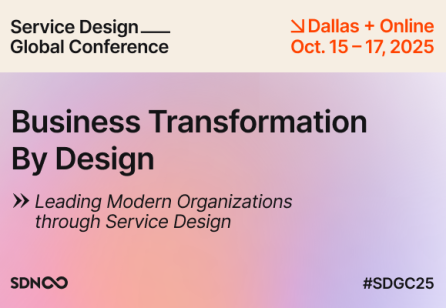
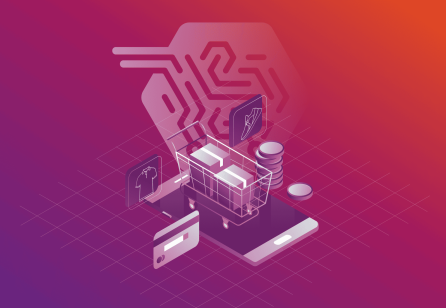

Share your thoughts
0 RepliesPlease login to comment